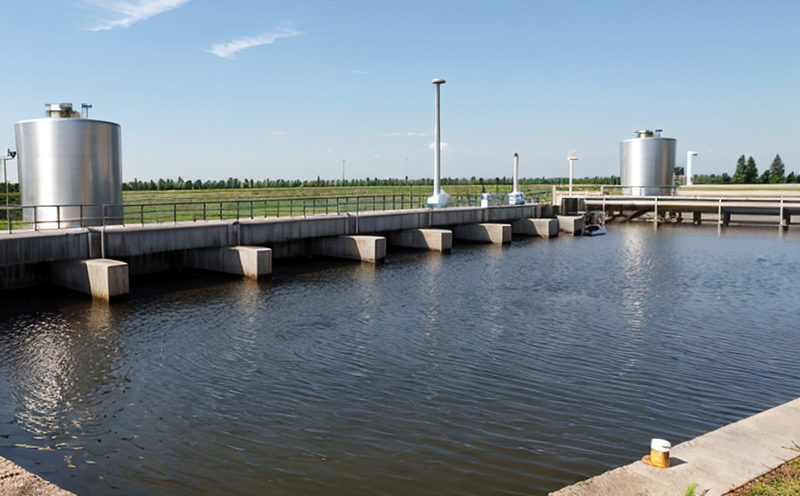ISO 9308-2 Membrane Filtration Testing for Coliform Bacteria
The ISO 9308-2 standard is an internationally recognized method used to detect and quantify coliform bacteria in water, including potable water, wastewater, and industrial process waters. This technique employs membrane filtration followed by appropriate incubation and detection methods to identify the presence of these important indicator organisms.
The significance of this test lies in its ability to provide a reliable assessment of microbiological quality in various aquatic environments, which is critical for public health protection and regulatory compliance. Coliform bacteria are used as indicators of contamination by pathogenic microorganisms, and their detection can help determine the safety of drinking water systems.
The ISO 9308-2 protocol involves several steps: sampling, filtration onto membrane filters, selective enrichment broth incubation, and confirmation using standard methods like lactose fermentation tests. This method ensures accurate results even when dealing with low concentrations of coliforms in complex matrices such as wastewater.
Compliance with this standard is mandatory for many industries including water treatment facilities, environmental agencies, and manufacturers of products that come into contact with potable water. Regular testing helps maintain high standards of hygiene and prevent potential outbreaks of waterborne diseases.
To perform the test correctly, specialized equipment such as membrane filters (0.45 µm pore size), nutrient agar plates, incubators set at specific temperatures (typically 37°C for 24 hours), and reagents like lactose bile salts agar are required. Laboratories must ensure they adhere strictly to the procedures outlined in ISO 9308-2 to produce valid results.
Understanding the limitations of this approach is also important; while it effectively detects total coliforms, it does not differentiate between pathogenic and non-pathogenic strains. Therefore, additional testing may be necessary depending on specific needs or regulations.
Why Choose This Test
- Regulatory Compliance: ISO 9308-2 is widely accepted and required by numerous national and international standards for assessing water quality.
- Reliability & Accuracy: The membrane filtration method provides consistent results across different laboratories, enhancing confidence in the data generated.
- Cost Efficiency: While initial investment in equipment is needed, ongoing costs are relatively low compared to other advanced testing techniques.
Selecting this test ensures that your facility or product meets stringent hygiene requirements and can demonstrate compliance with relevant regulations. It allows for proactive management of water quality issues before they escalate into larger problems affecting public health.
Customer Impact and Satisfaction
- Enhanced Safety: By identifying potential contamination early, clients can take corrective actions promptly to protect consumers from waterborne illnesses.
- Improved Reputation: Consistently meeting or exceeding hygiene benchmarks improves brand image and customer trust.
- Reduced Risks: Proactive measures reduce liability risks associated with unsafe products or environments.
Use Cases and Application Examples
This testing method is particularly beneficial for organizations involved in the following sectors:
- Water treatment plants
- Industrial process water management
- Potable water suppliers
- Agricultural irrigation systems
In practice, here are some scenarios where this service would be particularly valuable:
Scenario 1: A municipal water utility conducting routine checks to ensure compliance with local health department guidelines.
Scenario 2: An agricultural company using reclaimed wastewater for crop irrigation, ensuring that the water meets strict quality standards before application.
Scenario 3: A beverage manufacturer validating the effectiveness of their purification processes through regular monitoring.





